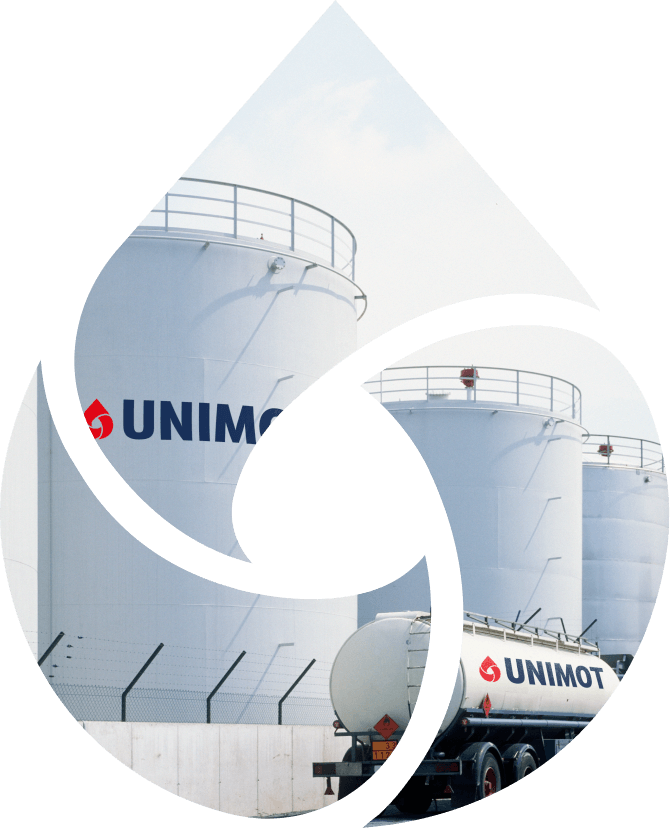UNIMOT jest niezależną grupą paliwowo-energetyczną, która w swojej multienergetycznej ofercie posiada: olej napędowy, benzyny, biopaliwa, gaz płynny (LPG), gaz ziemny (w tym LNG), produkty asfaltowe, energię elektryczną, surowce energetyczne (w tym węgiel kamienny oraz docelowo biomasę), paliwa lotnicze, a także usługi związane z logistyką kolejową. Od 2016 r. spółka należy do stowarzyszenia AVIA International, dzięki czemu jako pierwsza polska firma uzyskała prawo do budowania i rozwoju sieci stacji paliw AVIA w Polsce i Ukrainie. UNIMOT ma ponad 30 lat doświadczenia na rynku paliwowym, specjalizuje się w hurtowej sprzedaży oleju napędowego oraz dystrybucji pozostałych paliw płynnych, zarówno na terenie kraju, jak i poza jego granicami.
Oferta
Relacje inwestorskie
Grupa Unimot




















